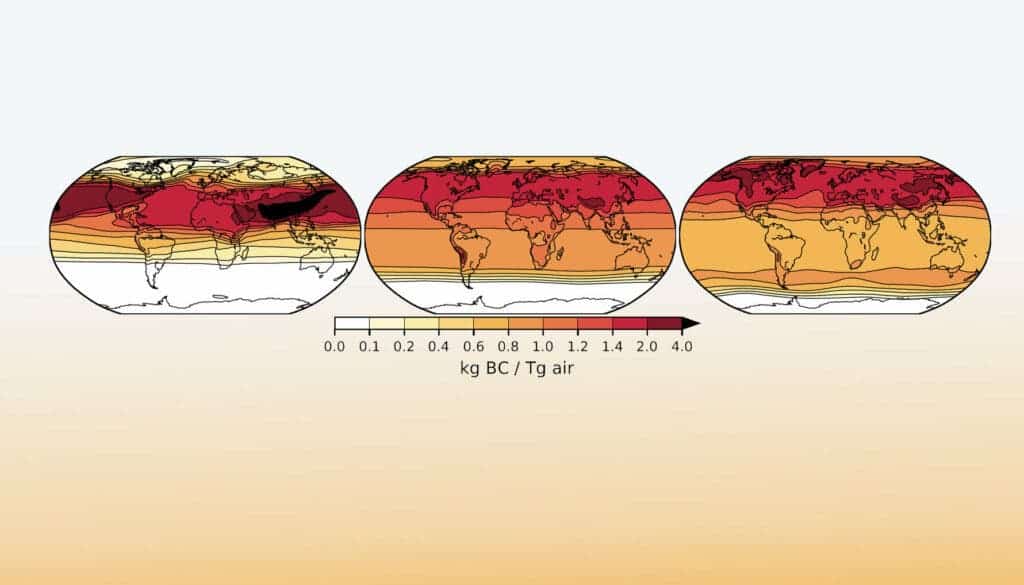A nuclear exchange could lead to global climate instability for several years, a new paper reports. Surprisingly, however, the effects depend in no small measure on where bombs fall and what happens after detonation — not on the weapons themselves. Their severity could range from minimal to significant cooling of the climate.

We don’t talk about nuclear weapons too much today. It’s pretty interesting when you consider that our weapons have only become stronger and faster since the Cold War, and back then, the threat of nukes was always looming. In order to understand what their use would mean for the planet, a research team from the Lawrence Livermore National Laboratory (LLNL) looked at the climate consequences of a regional nuclear weapon exchange. The scenario involved 100 15-kiloton nuclear weapons being launched between India and Pakistan.
The scenario was run through two high-fidelity models taking a wide range of factors into account, the team explains.
Bombing the climate
“One of the new aspects of our work is that we examined the dependence of the climate effects on different amounts of fuel available at the location of the detonation and subsequent fire,” said LLNL mechanical engineer Katie Lundquist, the leader of the study and a co-author of the team’s paper.
The team focused their analysis on the fires such weapons would ignite, They considered factors such as available fuel at the site of the fires and the characteristics of the plume such as smoke composition and aerosol properties. All these allowed the team to simulate the effect such fires would have on global climate through their emission products. If the fires started by these bombs are large enough, they can block incoming sunlight and thus influence global climate.
All in all, if smoke and soot from these fires remain in the lower troposphere they will be quickly degraded and have a negligible effect. If they can reach all the way to the upper troposphere or higher (due to the rising heat of particularly strong fires) they will push through to the stratosphere. Here, smoke can deflect much more of the incoming light, enough to cool the surface down.
“Our simulations show that the smoke from 100 simultaneous firestorms would block sunlight for about four years, instead of the eight to 15 years predicted in other models,” the Livermore researchers wrote.
In the example given above, they write, global surface temperatures would likely drop by 1 to 1.5 degrees Celsius.
However, if the weapons only start fires in suburban areas, there would be little to no climate effect. Fires in dense urban areas are the most problematic, they explain, as they contain a lot of varied types of fuel in a small area (high fuel density). All this material can produce enough heat and particles to influence the climate. Such fires could produce a cooling effect three times that of the 1991 eruption of the Mount Pinatubo volcano in the Philippines.
The study comes to show just how important local factors are in determining the climate impact of such an exchange. It also helps showcase the full extent a local nuclear war could have.
The paper “Examining the climate effects of a regional nuclear weapons exchange using a multiscale atmospheric modeling approach” has been published in the Journal of Geophysical Research: Atmospheres.






